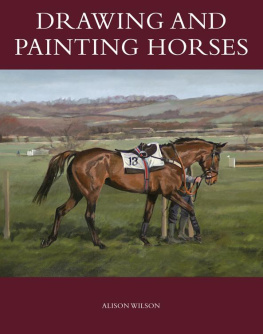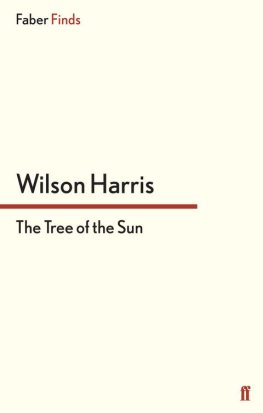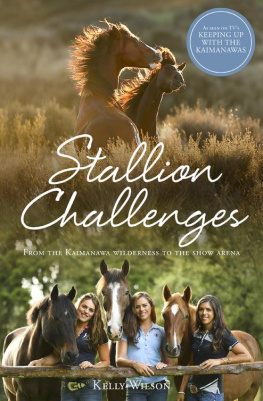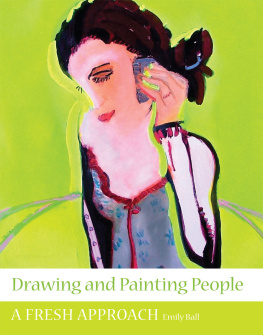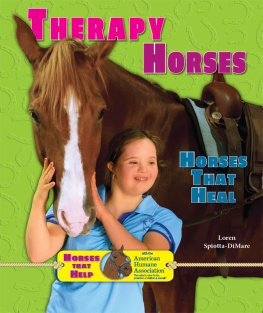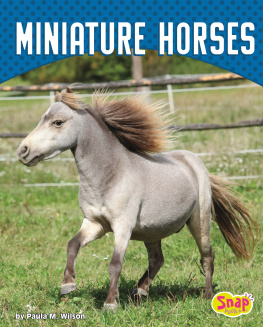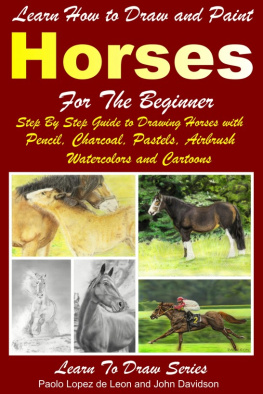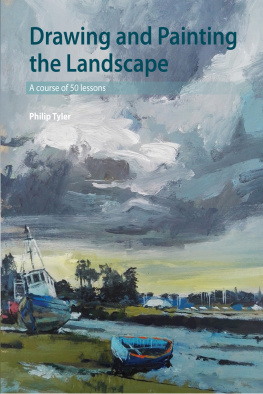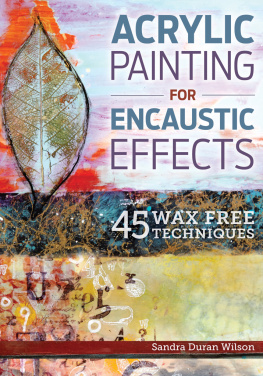Alison Wilson - Drawing and Painting Horses
Here you can read online Alison Wilson - Drawing and Painting Horses full text of the book (entire story) in english for free. Download pdf and epub, get meaning, cover and reviews about this ebook. year: 2013, publisher: Crowood, genre: Home and family. Description of the work, (preface) as well as reviews are available. Best literature library LitArk.com created for fans of good reading and offers a wide selection of genres:
Romance novel
Science fiction
Adventure
Detective
Science
History
Home and family
Prose
Art
Politics
Computer
Non-fiction
Religion
Business
Children
Humor
Choose a favorite category and find really read worthwhile books. Enjoy immersion in the world of imagination, feel the emotions of the characters or learn something new for yourself, make an fascinating discovery.
- Book:Drawing and Painting Horses
- Author:
- Publisher:Crowood
- Genre:
- Year:2013
- Rating:3 / 5
- Favourites:Add to favourites
- Your mark:
- 60
- 1
- 2
- 3
- 4
- 5
Drawing and Painting Horses: summary, description and annotation
We offer to read an annotation, description, summary or preface (depends on what the author of the book "Drawing and Painting Horses" wrote himself). If you haven't found the necessary information about the book — write in the comments, we will try to find it.
Drawing and Painting Horses — read online for free the complete book (whole text) full work
Below is the text of the book, divided by pages. System saving the place of the last page read, allows you to conveniently read the book "Drawing and Painting Horses" online for free, without having to search again every time where you left off. Put a bookmark, and you can go to the page where you finished reading at any time.
Font size:
Interval:
Bookmark:
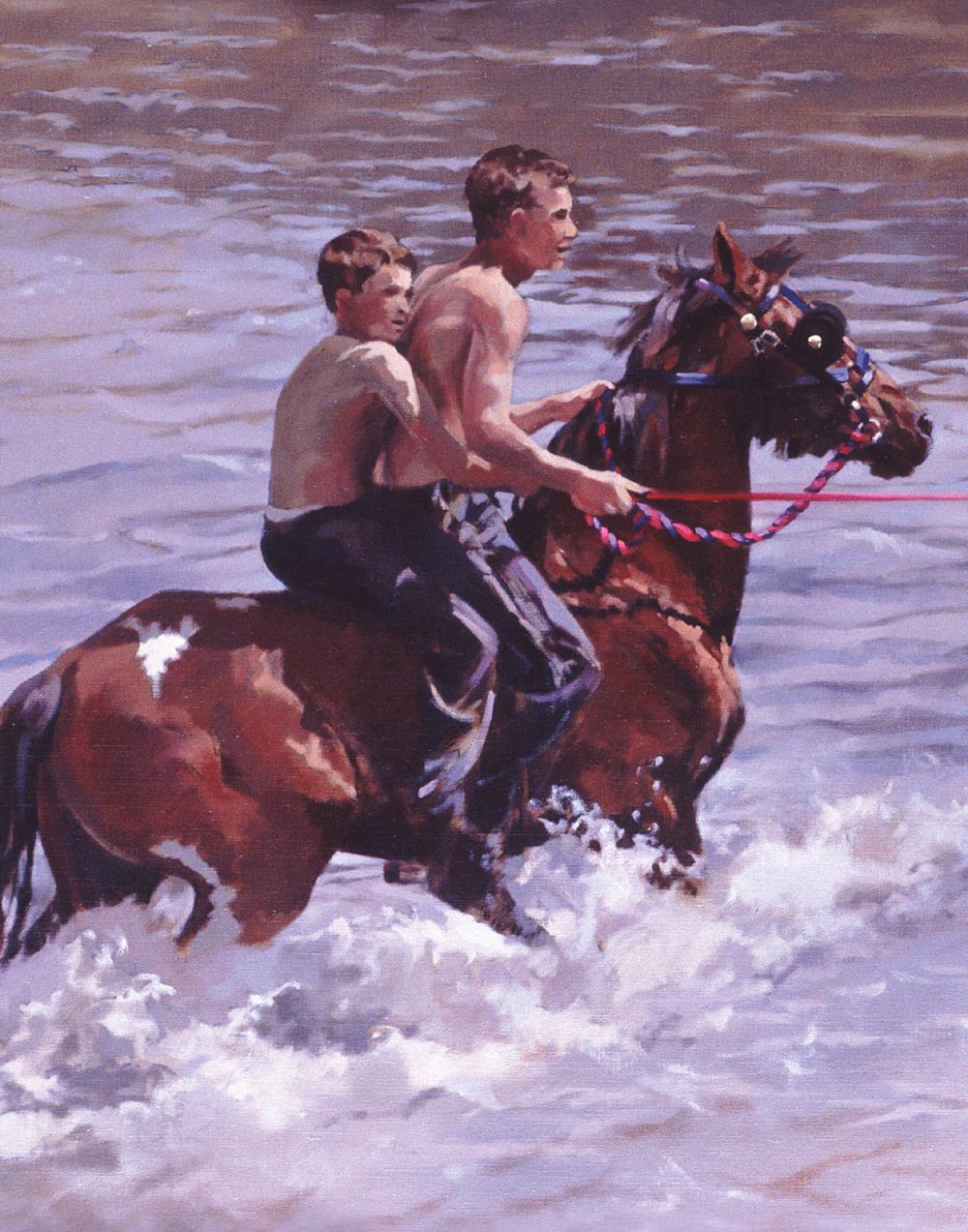
First published in 2013 by
The Crowood Press Ltd
Ramsbury, Marlborough
Wiltshire SN8 2HR
www.crowood.com
This e-book first published in 2013
Alison Wilson 2013
All rights reserved. No part of this publication may be reproduced or transmitted in any form or by any means, electronic or mechanical, including photocopy, recording, or any information storage and retrieval system, without permission in writing from the publishers.
British Library Cataloguing-in-Publication Data
A catalogue record for this book is available from the British Library.
ISBN 978 1 84797 600 0
Frontispiece: Appleby Fair, Two Lads (detail)
Dedication
For Jonathan, David, Brian and Rita
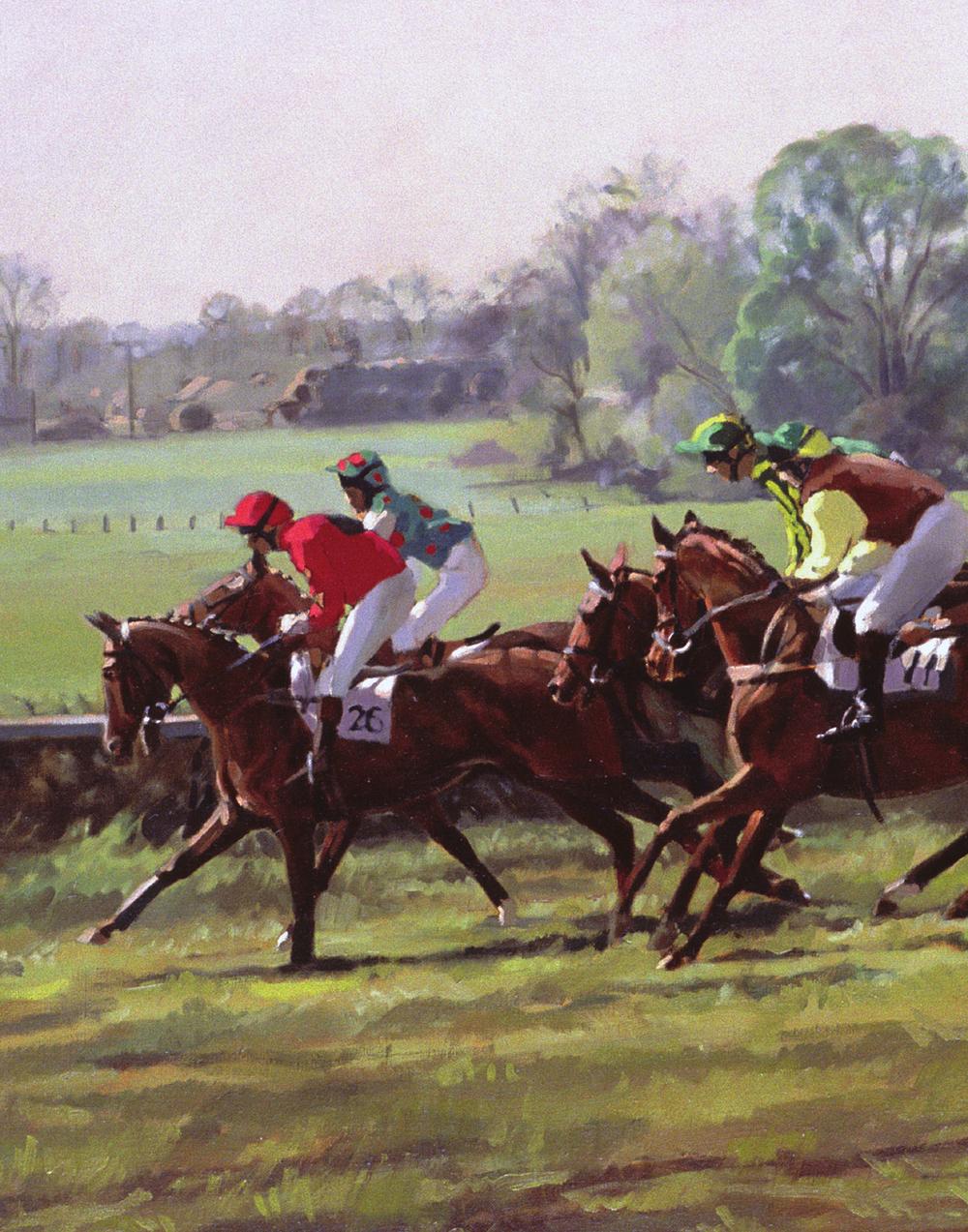
Down the Hill, Easingwold. Detail.

All painting is drawing, but all drawing is not painting.
W. Frank Calderon, Animal Painting and Anatomy
It is my hope that this book will be helpful to artists at many levels, from artists who have done a little work on horses and want to take things further, to experienced artists who are new to the horse as a subject. However, it isnt a book for complete beginners to drawing and painting; it assumes at least a basic working knowledge of practical techniques on the part of the reader (for example, the capacity to mix colour accurately).
Drawing and painting methods are explained in the specific context of drawing and painting horses, though much of the text should also be helpful to painters of other subjects.
For readers not already familiar with general horse anatomy and terminology, such background information can be found in . Where detailed specialist information might be useful, but where space constraints mean it cant be included in this book, the detailed bibliography will direct readers to other sources of reference.
For brevity, throughout the book the word horse is used to include both horses and ponies, and horses are referred to as it rather than he or she (except where a specific individual horse or group of horses is being referred to). I have used equestrian terminology for coat colour, i.e. grey instead of white, and skewbald rather than brown-and-white. An explanation of the common colours can be found in the .
The illustrations are all by the author and are in either graphite pencil or oils unless otherwise indicated. In order to make this book a genuine account of my ideas and working methods, I have used as many drawings as possible from my working sketchbooks, so inevitably some of them will appear worn or otherwise not pristine. The majority of the drawings come from sketchbooks that are between A4 and A3 in size.
The book begins with a short overview of the most common traditional equestrian subjects, and includes examples of the work of some contemporary artists. Context is important in any subject, and we all need to be aware of the work of our contemporaries and those who have gone before us. Other artists have so much to teach us, however different their style may seem to be from our own, that it is foolish to ignore them. (Later, in , there is some direct advice on how we can make use of the work of our predecessors to assist our own development.)
The next section of the book is concerned mostly with drawing. I make no apology for spending a lot of time on drawing. As the artist Walter Sickert said, drawing is the thing, and no serious artist gets far without it. Even if your own personal interest lies in painting, and your instinct presses you to skip the drawing chapters, I urge you to read all the chapters in order, including the ones on drawing. Drawing is the grammar of art, and even if you dont enjoy doing it for its own sake (and I hope that you do, or at least that you will, having read this book), regular drawing is as necessary to us as artists as practice is to a musician.
Good drawing is the foundation of good painting, and without sound drawing skills underpinning them an artists paintings will eventually reach a glass ceiling beyond which they cannot climb to better things. On a purely practical note, there are also some explanations in the drawing chapters that youll need to be familiar with when reading the painting chapters. So please trust me and dont skip the drawing chapters.
The third section of the book covers colour and paint. I work in oils rather than in acrylics, and only rarely in watercolours, so all the paintings in this book are in oils unless labelled otherwise. Acrylics dry faster than oils, which means that overpainting can be done more quickly, but blending edges etc. can be more difficult. Alkyds properties are in-between the two. Other than allowing for the effects of these variable drying times, for the purposes of this particular book the differences between oils, alkyds and acrylics are not significant.
Watercolours are less often used in equestrian painting, and will require rather more adaptation. Their tone range is more restricted, and overpainting and layering in particular are not such straightforward options in watercolours. Nevertheless, most of the points I make about painting are equally applicable to watercolours, with or without body colour, and gouache.
Throughout the book I use the word tone to mean lightness or darkness, intensity to mean chroma (or saturation) of a colour, and colour to mean hue.

Dont feed anything to a horse without the owners permission, dont wear perfume around stallions. If you are taking photographs dont use flash.
For safetys sake, never put yourself within biting or kicking range of any horsewhen drawing or painting. This includes all horses present, not only those you are working from. Despite what books may say, some horses can also kick sideways as well as backwards or forwards (for a few years I had the hoof print of a recalcitrant Shetland pony on my leg to testify to this) and, as horses have long legs, their kicking range is large. Horses can, even if held or tied up on a short rope, swing their hindquarters round at considerable speed without warning. If other horses are being led past your subject, be especially watchful. Sometimes horses will lash out at each other as they pass. You dont want to be in between. If a horses ears go flat back along the top of the head, then keep well out of its way; this can be a sign of anger with violent action to follow.
Dont make sudden movements or noises. Move slowly and deliberately and dont emerge suddenly from behind them. Horses dont like surprises. Avoid rooting around in plastic bags and flapping paper about. Horses dont like the sight or sound of either, and if by some unfortunate chance anything blows away from you towards a horse, it may cause mayhem as the horse shies away from it. If you must use plastic bags, unpack them well away from horses and secure them so that they cant blow away. This advice applies wherever horses are, and whether they are being ridden or not. They are herd animals, and are prey not predators, so their first reaction in a crisis is to kick/bite/run first and ask questions later. To horses, anything that moves at the edge of their vision or makes a strange noise may be a wolf, so be calm and quiet, and switch off the ringtone on your mobile phone.
Font size:
Interval:
Bookmark:
Similar books «Drawing and Painting Horses»
Look at similar books to Drawing and Painting Horses. We have selected literature similar in name and meaning in the hope of providing readers with more options to find new, interesting, not yet read works.
Discussion, reviews of the book Drawing and Painting Horses and just readers' own opinions. Leave your comments, write what you think about the work, its meaning or the main characters. Specify what exactly you liked and what you didn't like, and why you think so.

